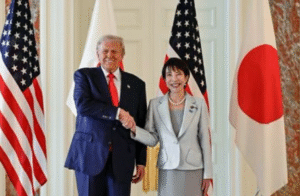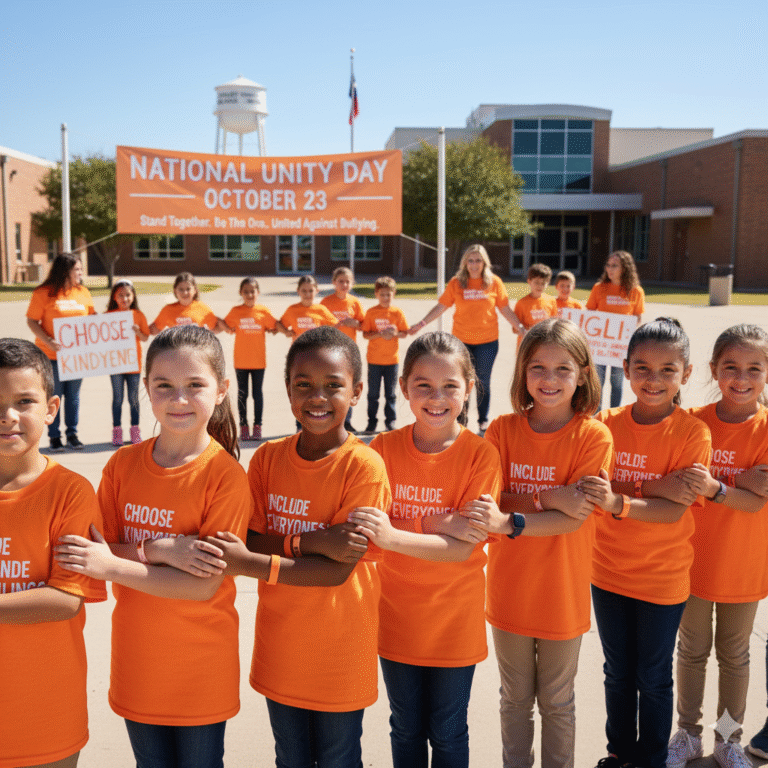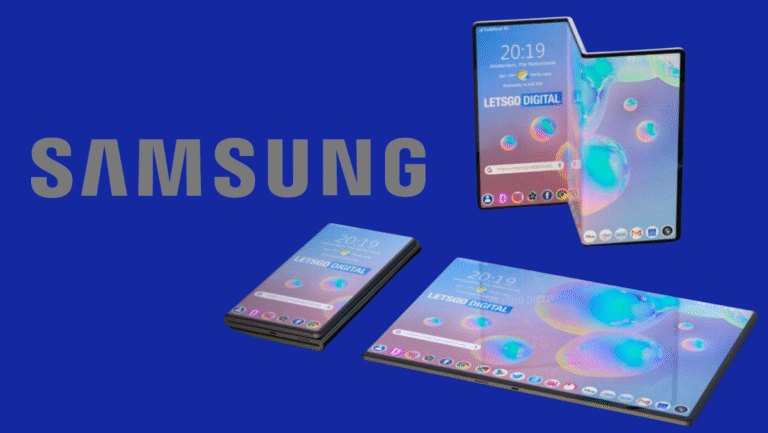In a historic diplomatic encounter, former U.S. President Donald Trump met with Japan’s first female Prime Minister, Sanae Takaichi, this week. The meeting drew global attention, not only for its political significance but also for the unique and symbolic gifts exchanged between the two leaders. Observers noted a notably firm handshake, which has been widely discussed as a symbolic display of mutual respect and diplomacy.
Elaborate Ford Truck Model
One of the most striking gifts presented to Trump was an elaborate 1:50 scale model of a Ford truck. The miniature vehicle, composed of approximately 150 individual components, reflects Japan’s renowned attention to detail and craftsmanship. The gift was seen as a tribute to Trump’s appreciation for American automotive brands and his long-standing connection with the Ford name. Experts note that the intricacy of the model signals careful planning and highlights the cultural significance of gift-giving in Japanese diplomacy.
Gold-Plated Golf Balls
In addition to the truck model, Trump was gifted a pair of gold-plated golf balls. Golf has been a defining aspect of Trump’s personal and public life, and the luxurious gift symbolized both leisure and status. The gesture was widely covered by media outlets, emphasizing how personal interests can play a role in high-level diplomatic exchanges.
Premium American Rice
Another unique aspect of the meeting was the presentation of premium American-grown rice to Trump. This gift was widely interpreted as a nod to Trump’s “America First” policy platform, highlighting the promotion of U.S. products and economic interests abroad. By choosing rice, a staple crop both in the U.S. and Japan, the gesture symbolically linked the agricultural and cultural ties between the two nations.
Cultural and Political Significance
The meeting between Trump and Prime Minister Takaichi carries both political and cultural significance. Ceremonial gifts have long been a cornerstone of diplomatic relations, especially in Japan, where the practice of presenting thoughtful and symbolic items is deeply rooted in tradition. Analysts suggest that while such gifts are symbolic, they reinforce mutual respect, foster goodwill, and contribute to the soft power dynamics of international relations.
Diplomatic Implications
Beyond the gifts, the encounter highlights ongoing diplomatic engagement between the U.S. and Japan. While Trump is no longer in office, meetings of this nature continue to play a role in shaping political narratives, media coverage, and public perception. Experts believe that interactions like this help maintain open channels of communication and signal ongoing collaboration between nations, even outside of official governmental terms.
Media and Public Reception
The media has widely covered the meeting, with Fortune, the Associated Press, and The New York Times reporting on the gifts and ceremonial aspects. Social media reactions were mixed, with some praising the symbolic gestures and others viewing the exchange as a lighthearted display amidst serious diplomatic contexts. Regardless, the event has sparked conversations about the intersection of personal interests, culture, and diplomacy on the world stage.
Conclusion
The meeting between former President Donald Trump and Prime Minister Sanae Takaichi serves as a fascinating example of how diplomacy, symbolism, and culture intersect. From gold-plated golf balls to a meticulously crafted Ford model and premium rice, each gift carried both personal and political significance. Observers continue to analyze the long-term implications of such exchanges on U.S.-Japan relations and the role of symbolic gestures in international diplomacy.









